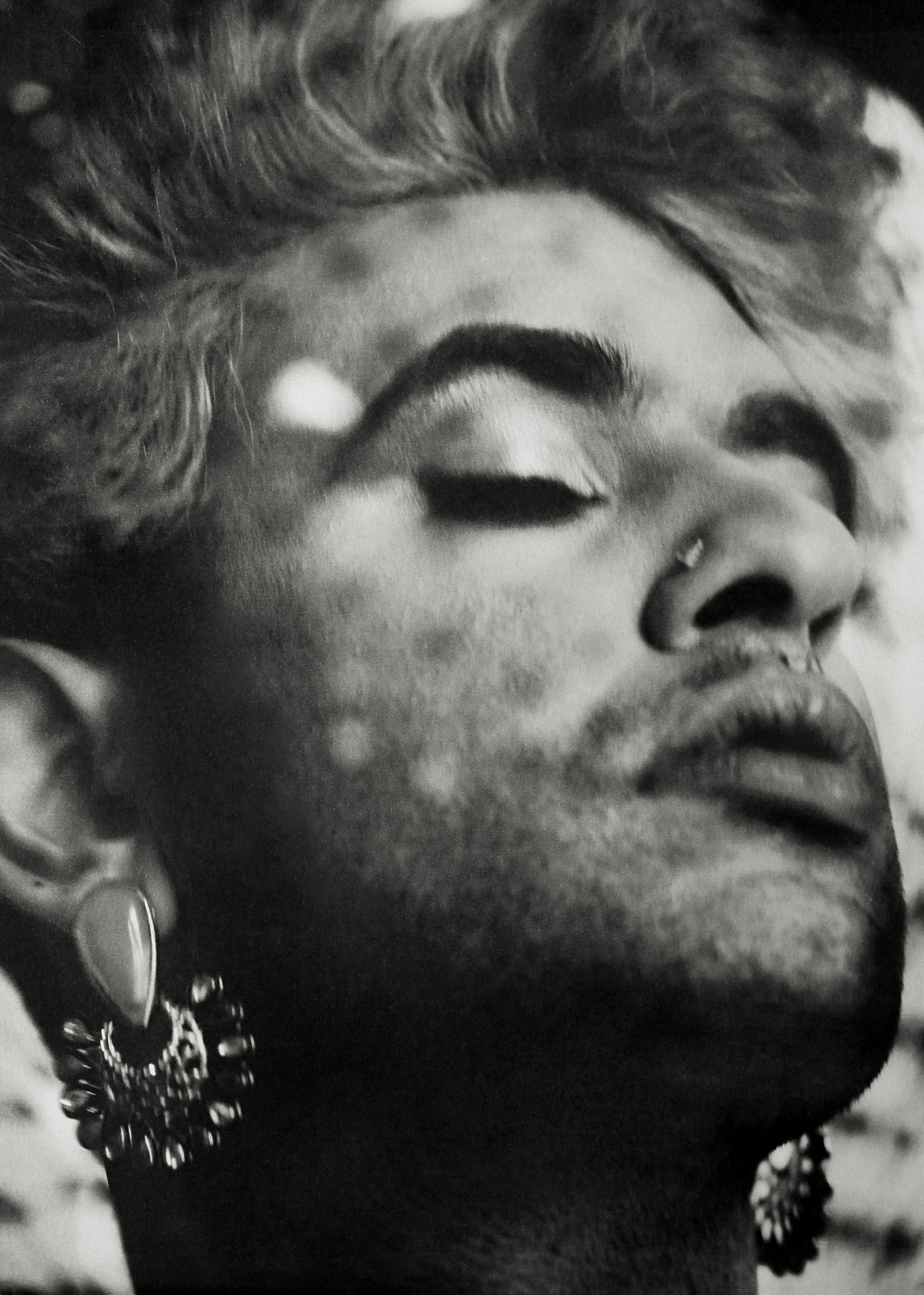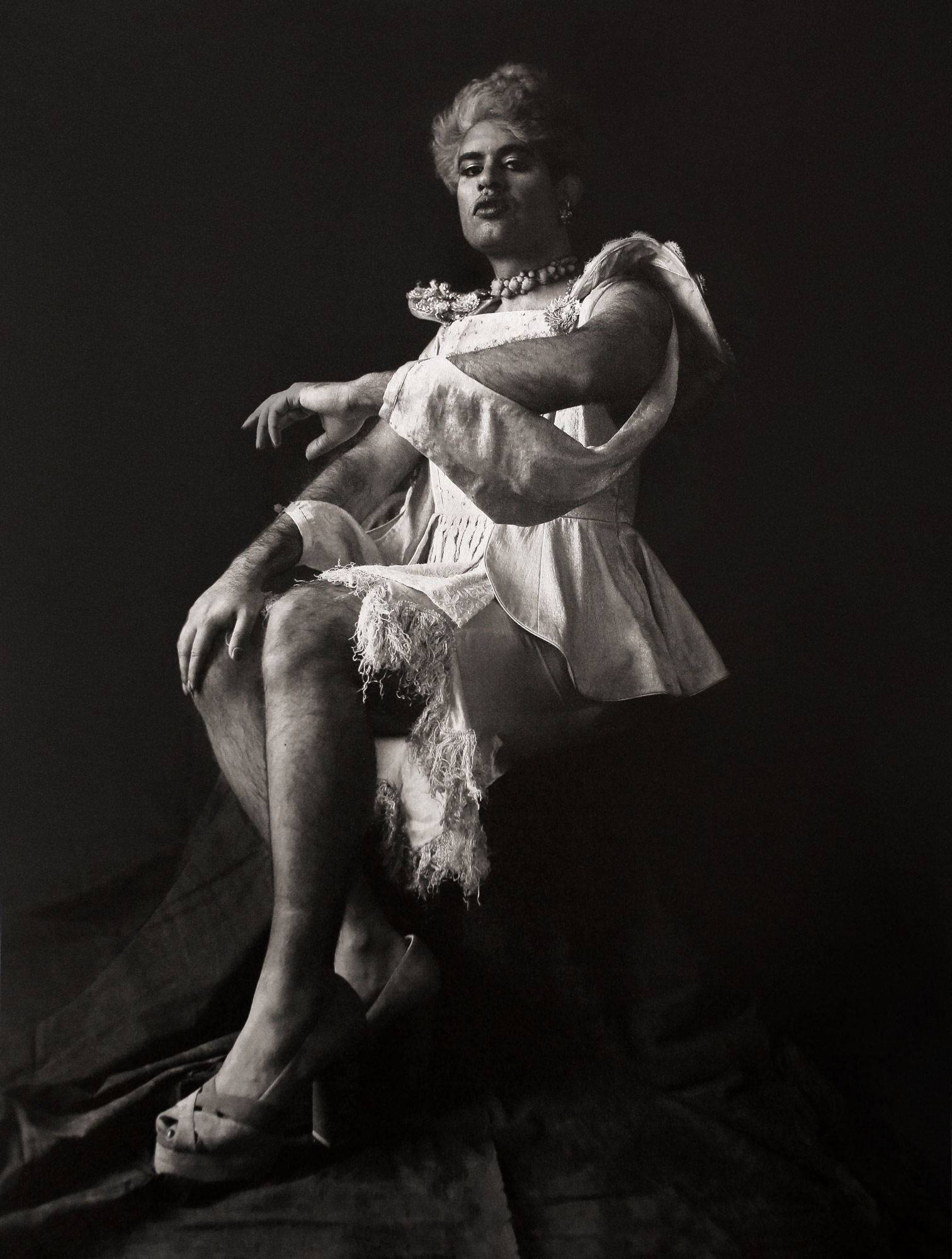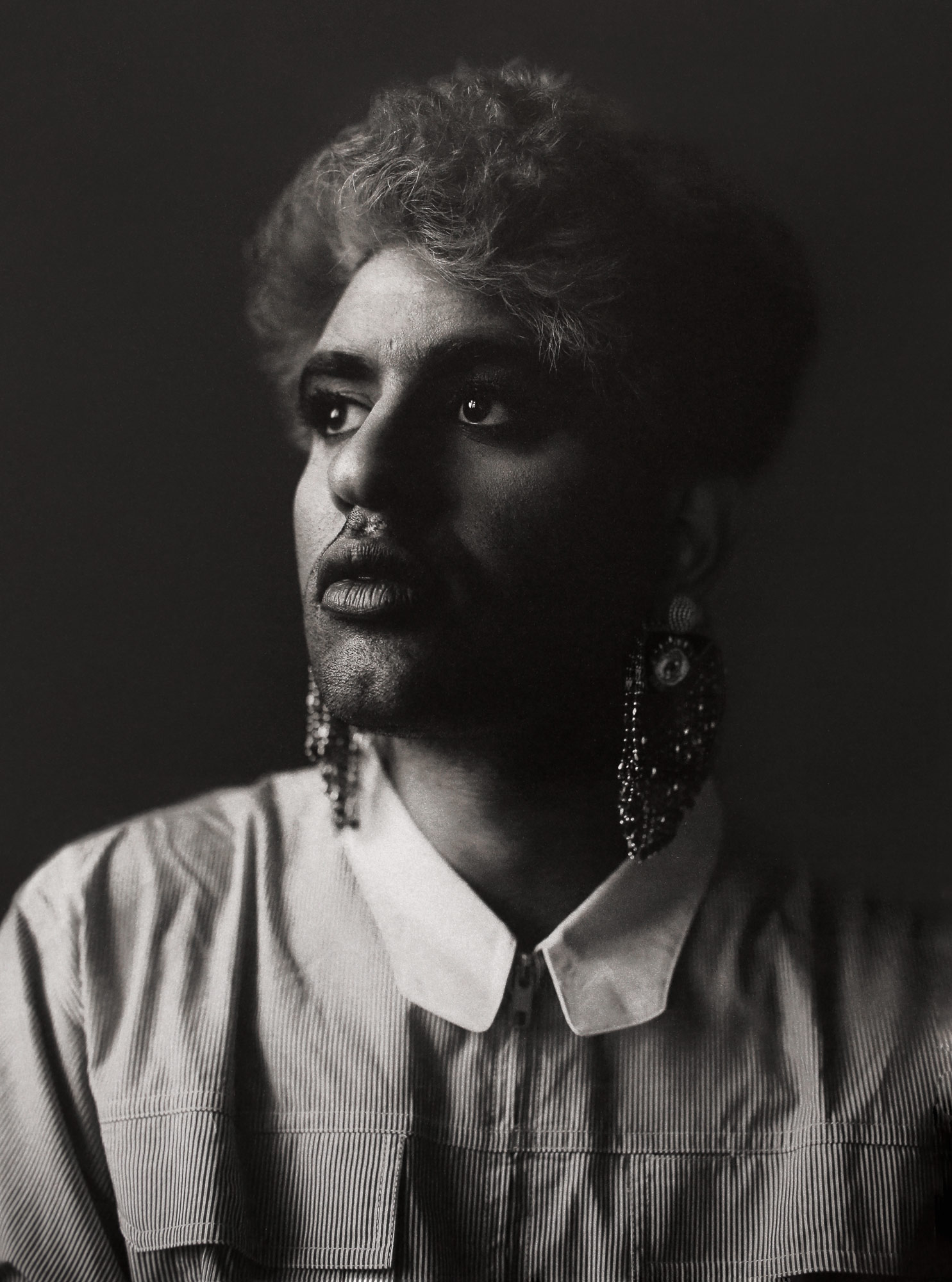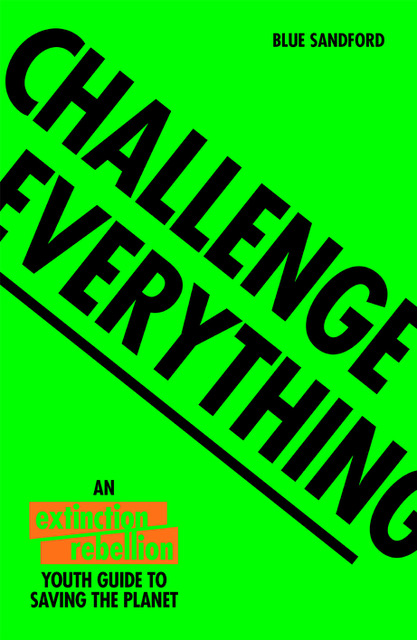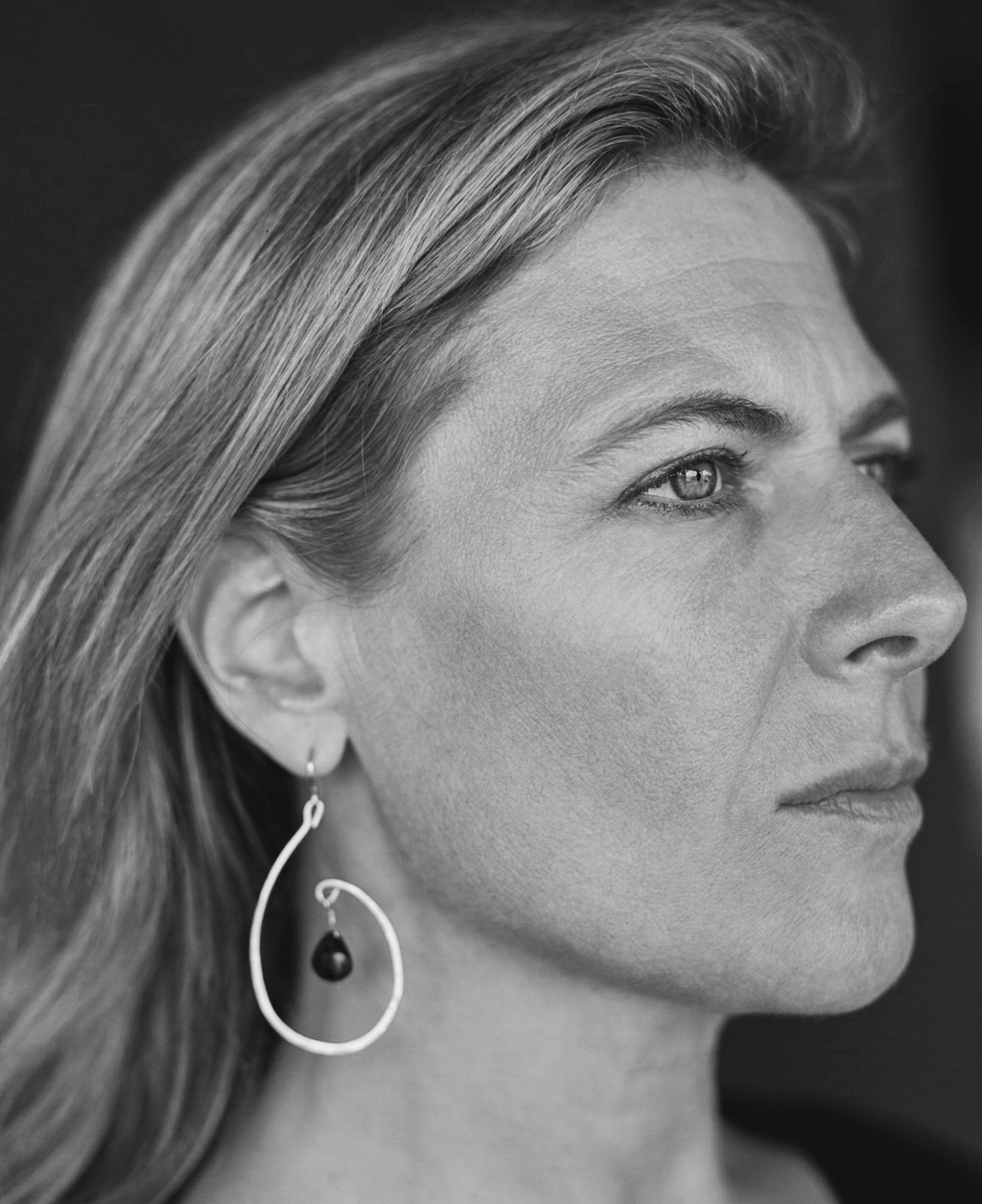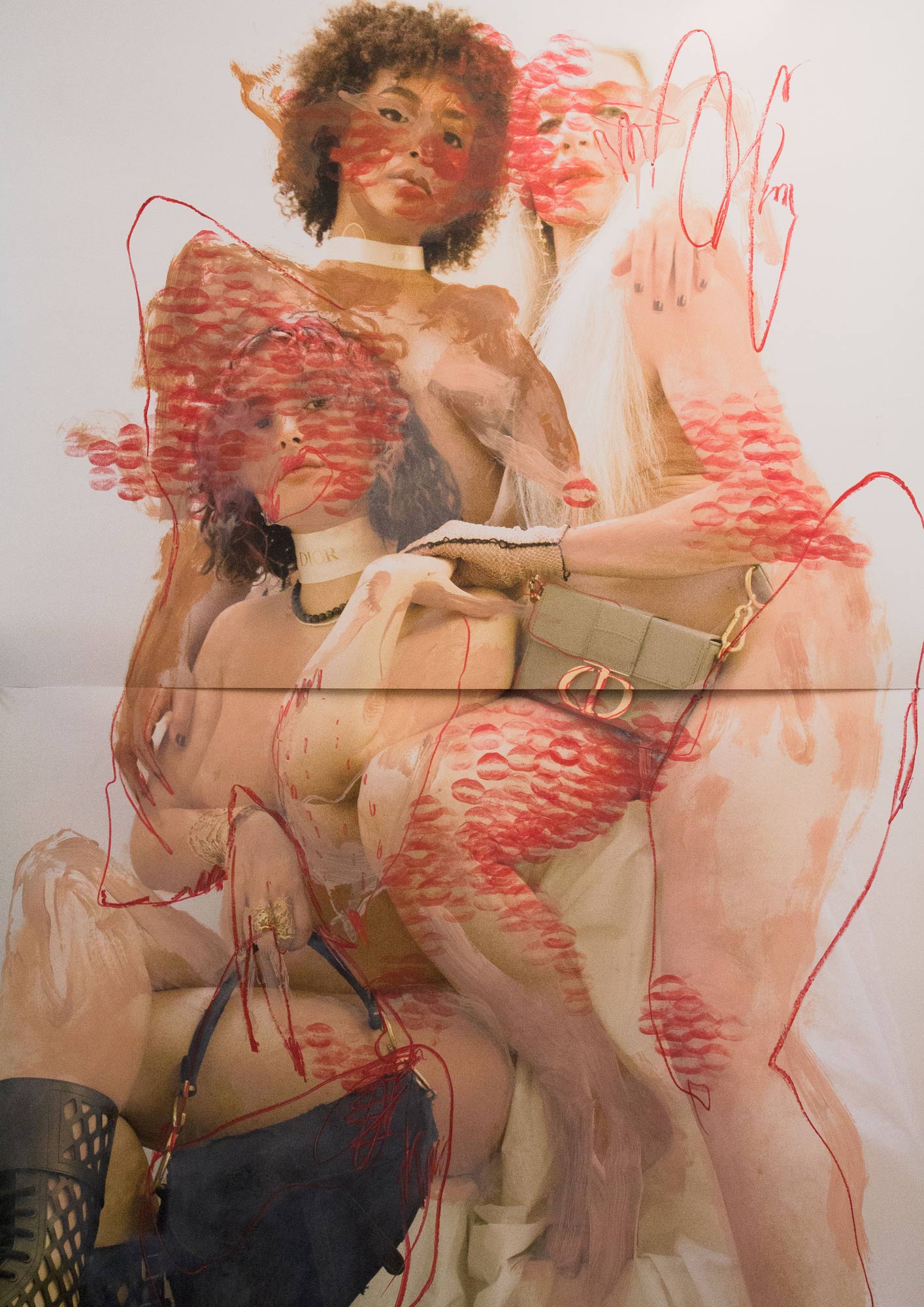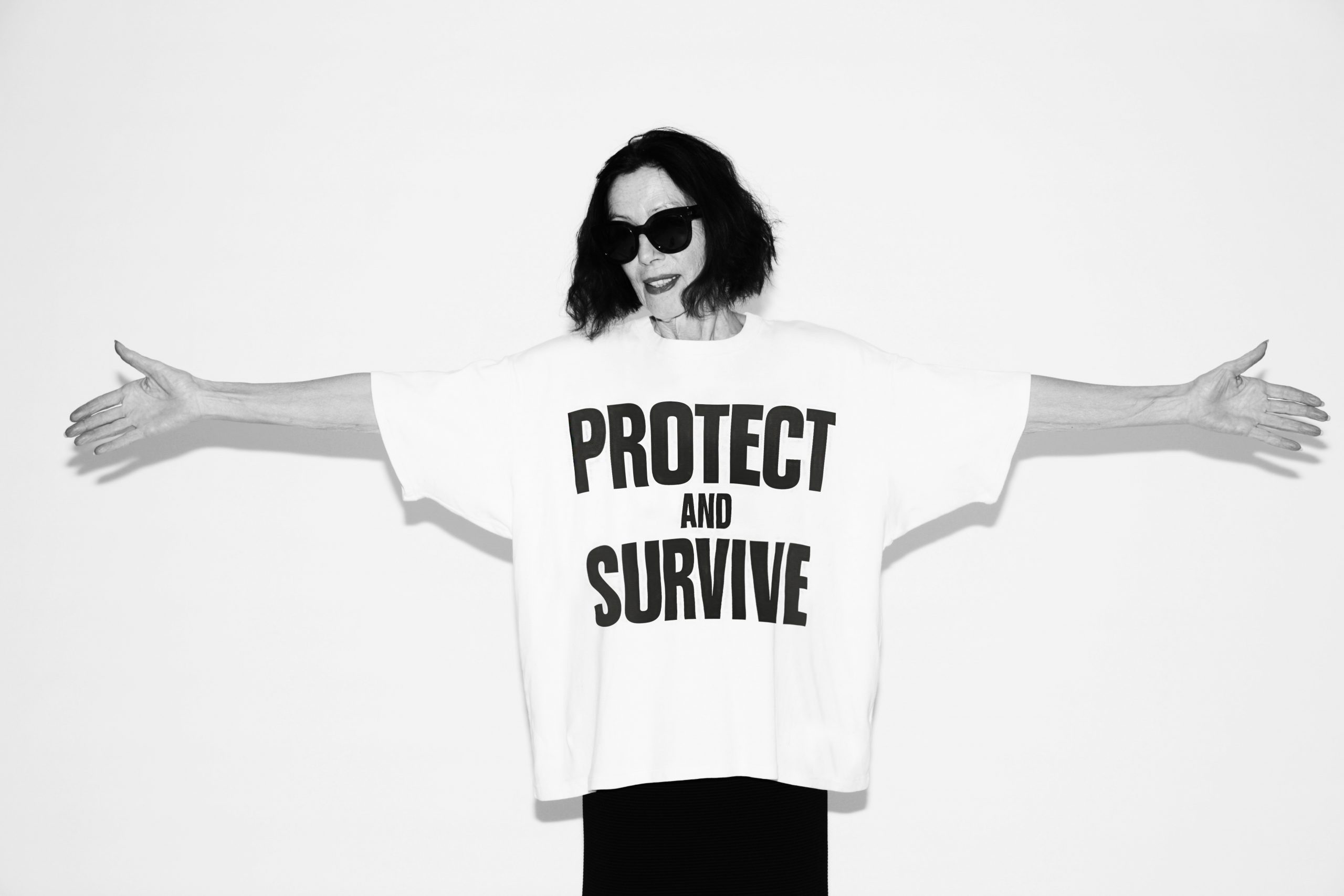photography
GABRIELA CELESTE
ALOK
#DeGenderFashion TO INFINITY AND BEYOND
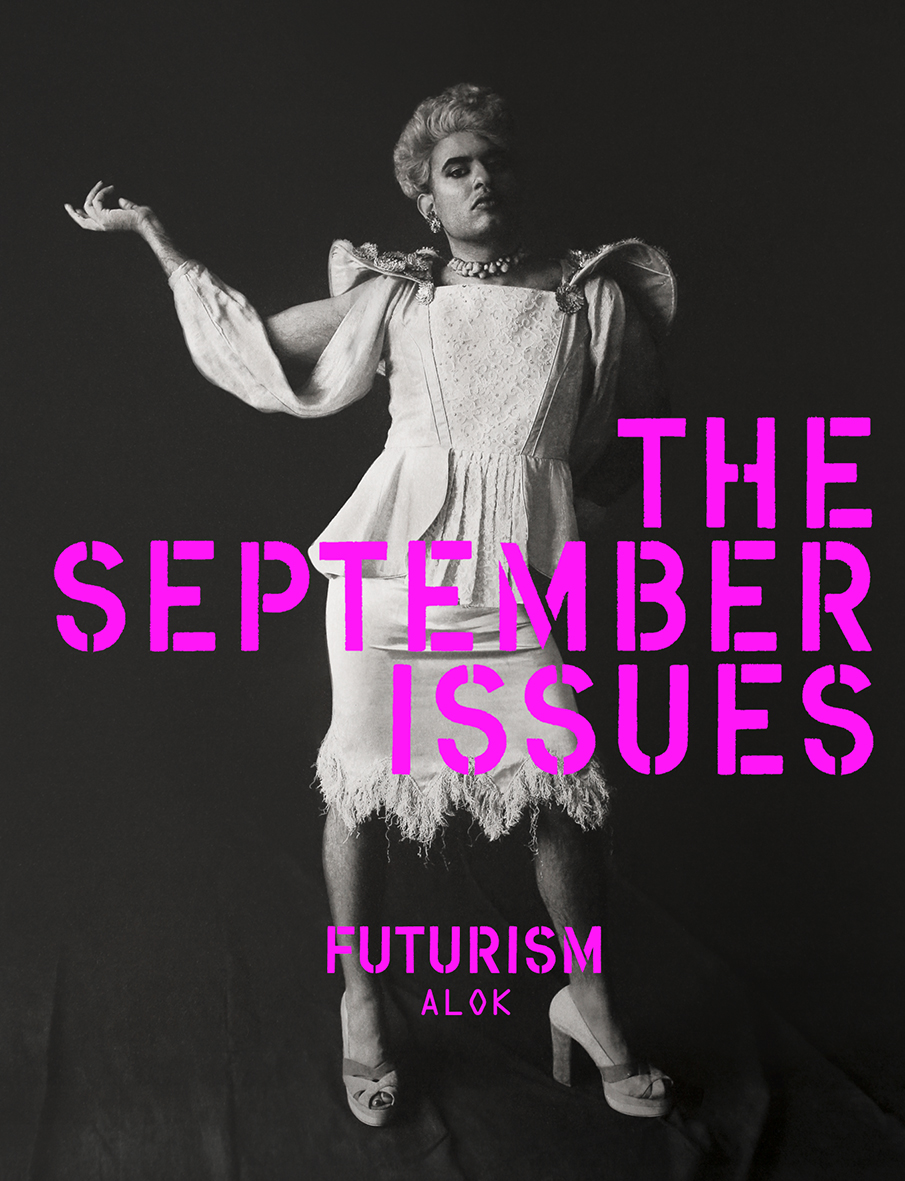
ALOK
writer. performer. speaker. fashionista@! gender fluid (they):
discusses #degendering fashion
The last time I wore a pleated skirt outside in New York a stranger came up to me and said that he “liked my cultural costume,” as if his monochromatic and banal suit was not one, too. He needed some kind of explanation for my presence: why would someone who looks like me be wearing something that looks like that? He did what so many do: displace gender non-conformity to the periphery, elsewhere and at a distance.
Why does the mandate of gendered fashion still persist despite all aesthetic incentives otherwise? A cursory look at sartorial styles outside the Western imagination invites an understanding that conflating a skirt with womanhood is not only sartorially unambitious, but culturally imperialist. I grew up around men wearing what white people would call “skirts” and we knew as lunghis. Indeed, even a perfunctory appraisal of fashion history in the West shows how much of what we consider to be “feminine” attire — heels, makeup, wigs, dresses — was actually worn by people of all genders. In her brilliant book Sex and Suits: The Modern Evolution of Dress (1994) Anne Hollander argues that it was only at the neo-classic moment in the 18th century when fashion became distinctly divided on the basis of gender. After this period, tailored suits became the dominant sartorial scheme for men across classes, entrenching a pronounced visual separation whereby women were expected to do the labor of aesthetic display.
“Why does the mandate of gendered fashion still persist despite all aesthetic incentives otherwise?”
And yet – here we are in 2020 mired with an onslaught of moral panic at the very sight of gender non-conformity. Hundreds of pieces of anti-trans legislation are being debated attempting to bar gender non-conforming people from the public under the pretense that we are a moral contagion that must be exterminated. This legislative, judicial, and economic incursion against us is engendered by the fear-mongering balderdash that we are “men in dresses.” In a world sutured together by the gender binary, the mere existence of this possibility – regardless or not if we are men or if these garments are even called dresses — poses a threat.
This is a refrain that I’ve always found particularly amusing considering the rudimentary gender logics of bathroom doors where the symbol for a “woman” is the same symbol as a “man,” just wearing a dress. (By this wisdom: are we supposed to use one restroom when wearing a dress and another while wearing pants? I’m confused.)
Such sustained and committed consternation against us has always been ironic to me. I have long maintained that it is cis men who might benefit most from the degendering of fashion. Bro – cut yourself some slack this summer! It’s blazing hot outside, take off that suit and put on a skirt instead!
But fashion has never been about functionality has it? The only technical distinction between a “skirt” and “shorts” is the presence of additional fabric closing the silhouette. Yet this fabric, it seems, not only divides legs, but entire societies. It is precisely this non-utilitarian dimension of fashion that both compels and terrifies me. Fashion is both ominous and delightful precisely because of this excess – the dimension that is unjustifiable, but all the same – irresistible. There are no functionalist arguments for lace, for earrings, for stilettos – there are just sensations, quivering in their allegiance to an otherwise beyond the architecture of facts.
In her incredible book Vibrant Matter: A Political Ecology of Things (2010) Jane Bennett writes about “thing-power,” which she describes as “the strange ability of ordinary man-made items to exceed their status as objects and to manifest traces of…aliveness” (xvi). She advances the idea of matter’s vitality, meaning “the capacity of things…not only to impede or block the will and design of humans, but also to act as…forces with trajectories…of their own” (viii). When I say that fashion exceeds the grammar of function, what I am arguing is that it has thing-power. Clothes are not only objects that we make, clothes are objects that make us. From this perspective, it’s not simply that clothing becomes gendered. Perhaps it would be more accurate to say in our modern era: fashion is gender.
“In a world sutured together by the gender binary, the mere existence of this possibility – regardless or not if we are men or if these garments are even called dresses — poses a threat.”
This distinction is vital and helps us understand why gender binarism in fashion is so rigidly maintained. Without articles of clothing we would have no gender. And in a world which defines our very subjectivity by gender, without gender, we have no self-conception. In this way, fashion is not passively being worn, it is acting upon us. We become something new when we wear clothes.
The stakes of policing gendered dress saying “men wear this” and “women wear this,” is about the maintenance of the collective myth that there is a universal womanhood and manhood. When these lines are blurred and we allow articles of clothing to circulate beyond the grasp of the binary, “man” and “woman” cease to exist. This is why there is such a vehemence directed toward us – we, a seemingly small and vulnerable population of gender non-conforming people – are calling into question the very ontological basis of who they are. This is not about us, it is about them. They do not know who they are without saying, “I am not that.”
Trans epistemologies – our ways of thinking and conceiving of the world – have always been related to our ways of being in it. What is necessary, going forward, is for cis society to heed the leadership of trans people who have long negotiated an alternative relationship with gender and embodiment. When I am calling for the degendering of fashion I am not calling for the end of gender altogether, I am calling for the end of cis white gender normativity.I have always found the term “nonbinary” unsatisfactory as it requires us to define ourselves by our absence, and not our overabundant presence. I prefer infinity. There are as many ways to be and look like a woman as there are women, there are as many ways to be and look like a man as there are men, and there are as many ways to be and look like whatever gender you are. Clothing can be a vehicle of gender expression, of becoming different, new, and old selves. But we should get to decide what it means, rather than being told.
Where they see “a man in a dress,” we see an infinite possibility of being. How dare we have the presumption to know, when we could just ask?
“Clothes are not only objects that we make, clothes are objects that make us.”
We Remain Incorrigible
by ALOK
our bodies are just mere suggestions, not ordained truths.
truth is polyamorous. time is, too,
we are connected to the past, the future, the present,
the people we are, the people we love, the world that surrounds us, is us.
invisibility is not an objective state, it is a lack of ambition.
just because you don’t see us as us doesn’t mean we are not real.
what if we were to dream while awake?
the hyper individuation of the west crumbles beneath our feet
we reject their reason, and instead we are honest
we yearn desperately for an otherwise.
we begin that otherwise by surrendering to the complexity of ourselves + everyone around us.
we use science to appreciate our potential, not restrict it.
biology proliferates not imprisons.
the natural disposition of the world is infinity.
we inhabit multifaceted universes that exist beyond comprehension.
we resist being known, we insist on being felt
we spill outside of the containers they filter us through.
we remain incorrigible, impure, and
delightfully contaminated.

